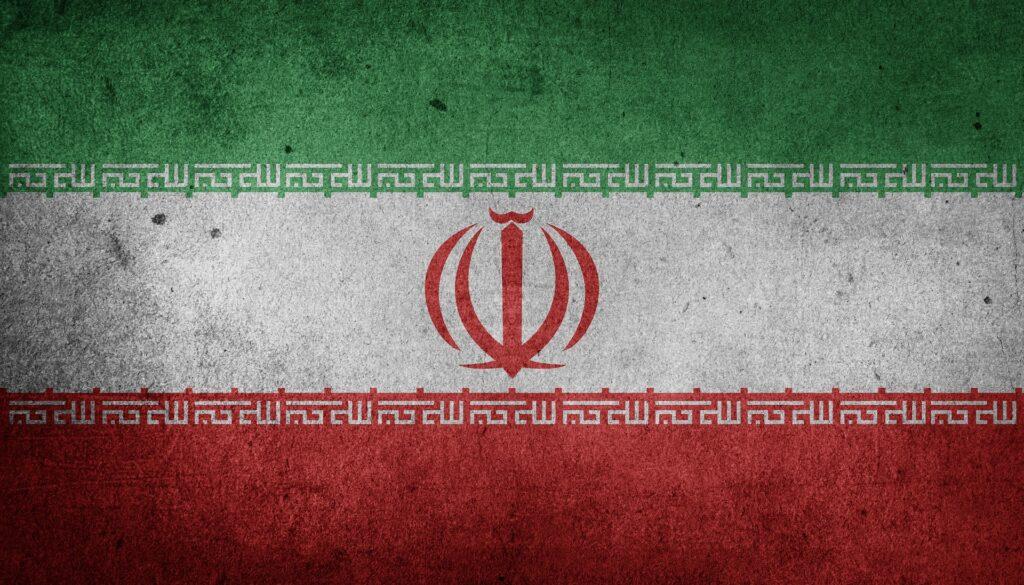123 agreement was signed in the year 2007 because as per Section 123 of US Atomic Energy Act which says if a Country has signed an NPT and the US President is satisfied then Nuclear Technology can be shared. In the case of India, since it is not a signatory of NPT ( Nuclear Non-Proliferation Treaty), therefore USA amended Section 123 through the Hyde Act which did away with the requirement of NPT.
Although Hyde Act is a domestic law but it carries some provisions which goes against 123 agreement but India has not signed the Hyde Act, therefore it is not binding. Moreover, as per Vienna Convention for legally binding treaties, if there is conflict between International Accord and Domestic Law then priority will be given to the International Law.

The highlights of 123 agreement between us and india Are
- The United State of America will supply fuel and rather it will help to maintain the Strategic Reserves of Uranium i.e. it will ensure that all the reactors in the Civilian List must have Additional Fuel for at least 1 Year. In case the US is not able to do so then it will ask other countries to come forward.
- The USA will supply Nuclear Reactors. One of the American Company i.e. Westinghouse is developing 6 reactors in Kovvada in Andhra Pradesh.
- The US was reluctant to allow the reprocessing of spent fuel. In the end, they agreed but with the condition that there should be a centralized reprocessing facility safeguarded with IAEA (International Atomic Energy Agency).
- The US was trying to establish a linkage between nuclear tests and deal termination which was not acceptable to India. In the end, the Text of the 123 accord says, “If India conducts a Nuclear Test then US will try to understand the circumstances and both the countries start the Talk which should be completed within a Year.”
- Any of the 2 countries can terminate the deal by giving One Year Advance notice that means that is predictability and certainty.

Conclusion
We can conclude that 123 Agreement is a step taken for peaceful nuclear collaboration and cooperation between USA and other countries. Since India is not a signatory of NPT USA took measures and modified section 123 through the Hyde Act which is however a domestic law, but it did the work for the requirement of NPT that is necessary for a country in order to share the Nuclear Technology with USA. As a signatory USA will supply fuel, nuclear reactors, sustain the Strategic Reserves of Uranium, etc. USA also tried to establish a link between nuclear tests and deal termination although it was declined by India.
FAQs
What do you mean by 123 Agreement?
Section 123 of US Atomic Energy Act which says if a Country has signed an NPT and the US President is satisfied then Nuclear Technology can be shared, countries which meets specified criteria.
What is the 123 Agreement in India?
It was signed in the year 2007, US will supply fuel tank help in maintain the Strategic Reserves of Uranium.
When was the India US civil nuclear agreement signed?
It was signed On July 18, 2005.

